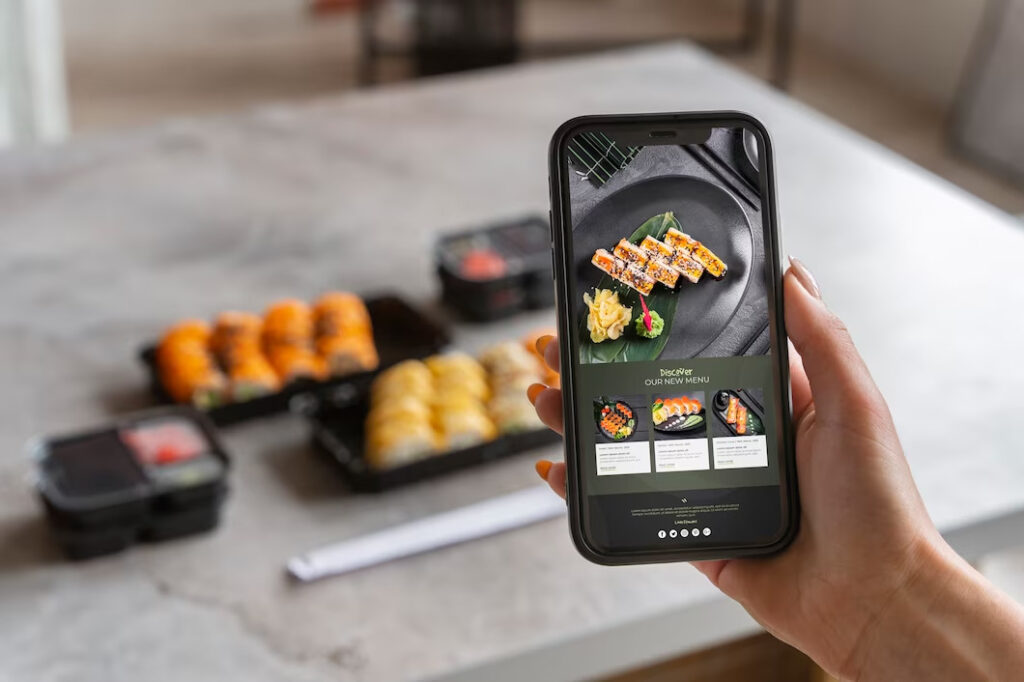In recent years, the food industry has witnessed a significant transformation due to the emergence of a new and innovative concept known as ghost kitchens. These virtual, delivery-only establishments are revolutionizing the way we think about restaurants and food service.

In this article, we will explore what exactly a ghost kitchen is, how they operate, the benefits they offer, and the impact they are having on the culinary landscape.
A ghost kitchen, also known as a virtual kitchen, dark kitchen, or cloud kitchen, is a professional food preparation facility that operates solely for the purpose of fulfilling online delivery orders. Unlike traditional restaurants, ghost kitchens do not have a physical dining area or front-of-house staff. Instead, they focus solely on preparing meals for delivery through various online platforms and third-party delivery services.
Ghost kitchens are typically housed in large, industrial-style spaces, strategically located in urban areas with high demand for food delivery. They often host multiple restaurant concepts or brands, each operating from its own section within the facility. These kitchens may be owned and operated by individual restaurants, third-party delivery platforms, or dedicated ghost kitchen companies.
The operational setup of a ghost kitchen revolves around efficient utilization of space, streamlined workflows, and advanced technology. Multiple food preparation stations, each dedicated to a specific brand or cuisine, are manned by skilled chefs. Orders are received electronically, and kitchen staff works diligently to prepare and package meals for delivery drivers to collect.
Ghost kitchens offer several advantages that have made them increasingly popular in the food industry. Firstly, they significantly reduce overhead costs compared to traditional restaurants. With no need for a physical dining area, ghost kitchens save on rent, decor, and utilities. Moreover, they require fewer staff members, as there is no need for front-of-house employees or servers, leading to significant labor cost savings.
Additionally, ghost kitchens provide flexibility and agility to entrepreneurs and existing restaurant owners. They can experiment with new concepts or expand their brand presence without the financial burden of opening multiple physical locations. This flexibility allows for faster market testing and adaptation to changing consumer preferences.
Ghost kitchens also capitalize on the rising demand for food delivery services. In today’s fast-paced world, customers increasingly prefer the convenience of ordering food online and having it delivered to their doorstep. By focusing solely on delivery, ghost kitchens can optimize their operations and cater to this growing market demand more effectively than traditional restaurants.

Furthermore, ghost kitchens provide data-driven insights and analytics. Through the use of digital platforms and advanced ordering systems, ghost kitchen operators have access to valuable customer data. This information helps them understand customer preferences, track order patterns, and tailor their menus and marketing strategies accordingly, further enhancing their competitive edge.
Ghost kitchens have emerged as a disruptive force in the food industry, redefining the way we think about food service. Their efficient, delivery-focused model offers cost savings, flexibility, and access to valuable data insights. With the rise of online food delivery services, ghost kitchens are poised to continue growing and evolving, shaping the culinary landscape for years to come. As technology advances and consumer demands change, it will be fascinating to witness how ghost kitchens adapt and innovate, providing exciting dining experiences without the need for a physical restaurant space.
Learn more at Wiki as well.
